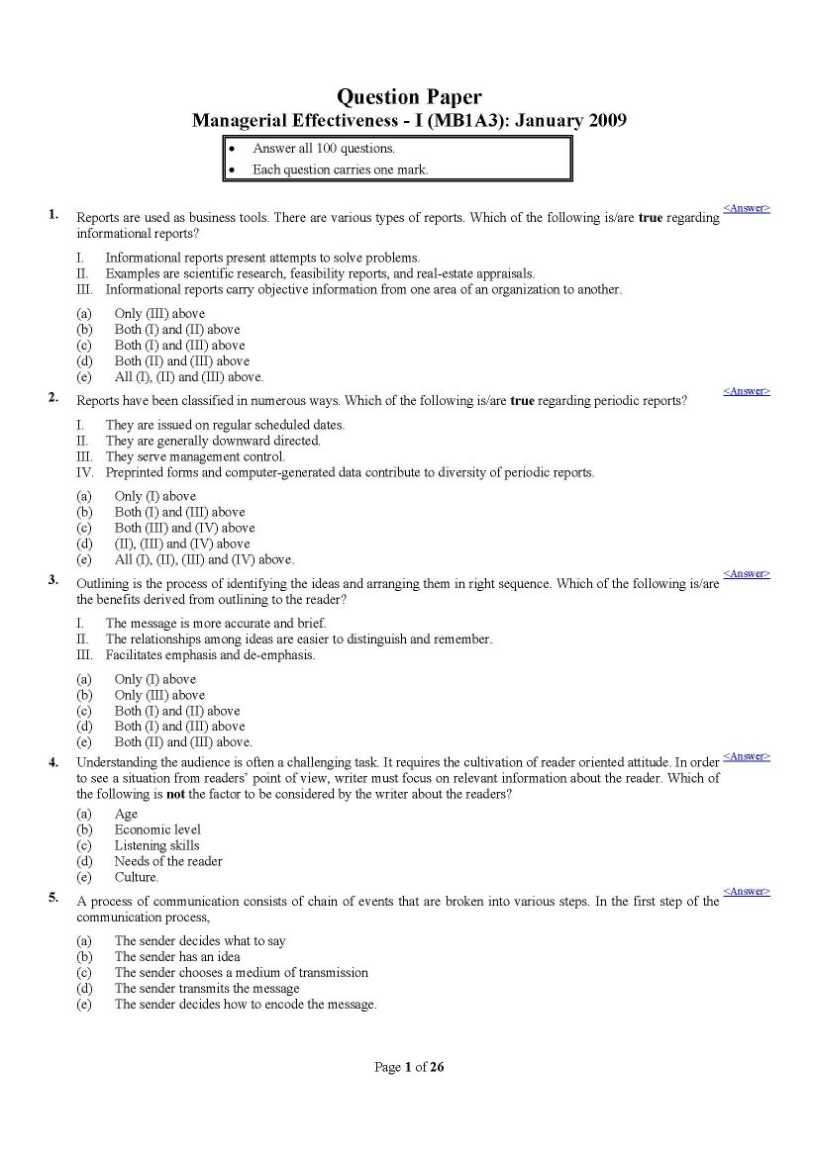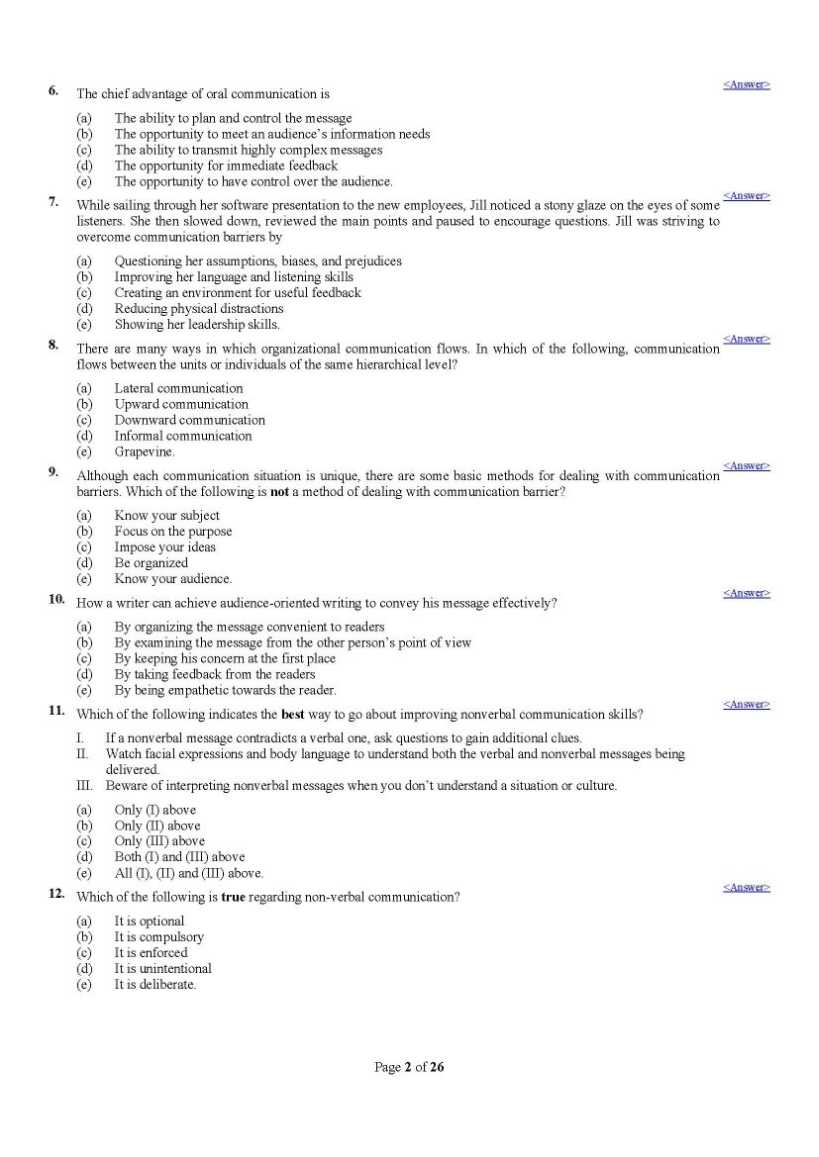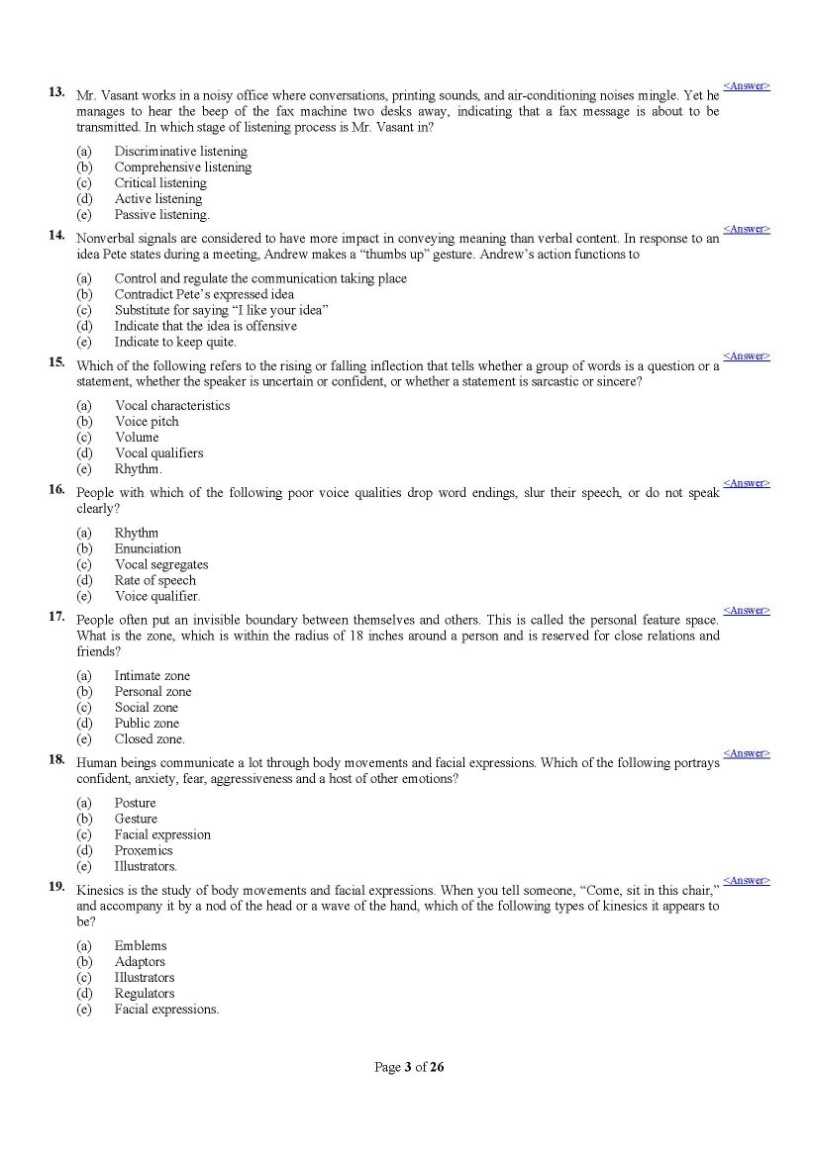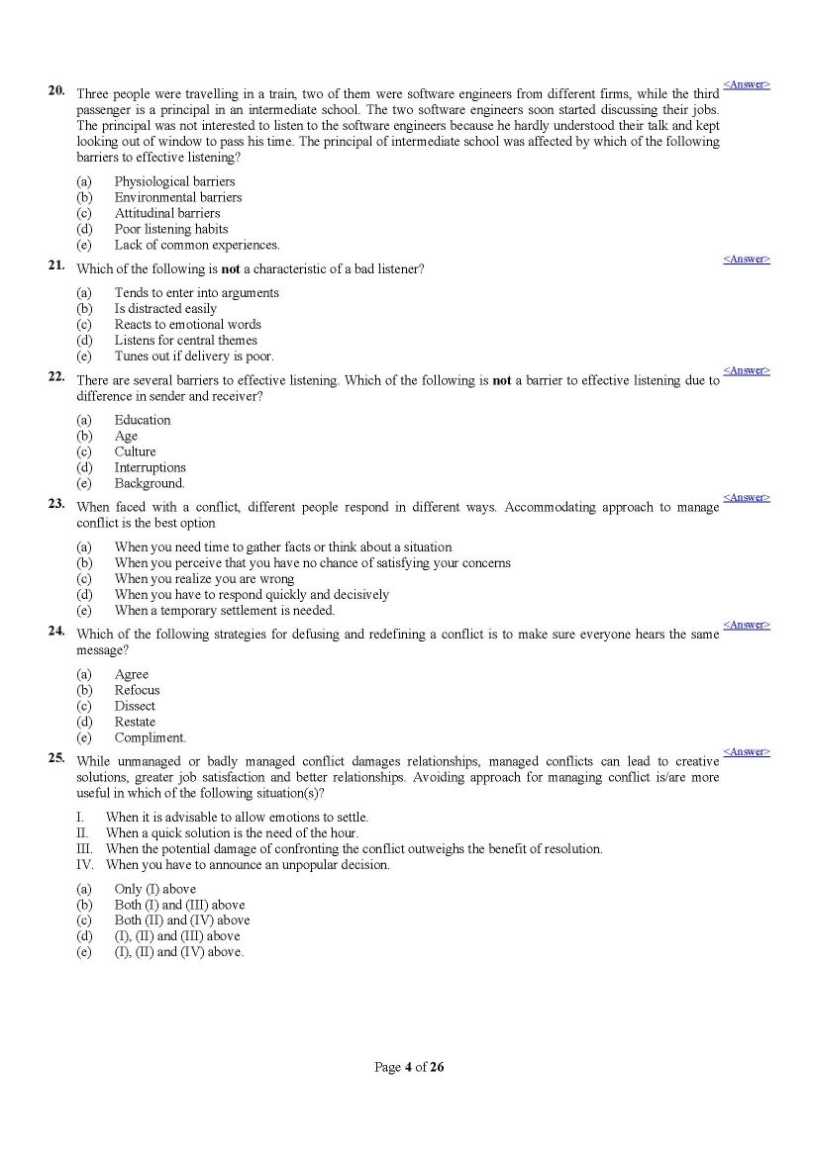|
#1
| |||
| |||
|
Will you please give me the ICFAI University, MBA, Managerial Effectiveness – I (MB1A3) previous years question papers?
|
|
#2
| |||
| |||
|
As you want to get the ICFAI University, MBA, Managerial Effectiveness – I (MB1A3) previous years question papers so here is the information of the same for you: ICFAI University, MBA, Managerial Effectiveness – I (MB1A3) previous years question papers     Contact Details: The ICFAI University Creative Plaza, Shankermutt, Vidyanagar, New Nallakunta Main Rd, Vidyanagar, Nallakunta, Hyderabad, Andhra Pradesh 500044 040 2344 0963 India
__________________ Answered By StudyChaCha Member Last edited by Aakashd; August 11th, 2018 at 04:04 PM. |
|
#4
| |||
| |||
|
The Institute of Chartered Financial Analysts of India (ICFAI) was established in 1984 as a not-for-profit educational society in Telangana, India. It was established in 1984. As you want the previous year question paper of Managerial Effectiveness – I of MBA of ICFAI University so here I am providing you. ICFAI University MBA Managerial Effectiveness – I question paper Answer all 100 questions. Each question carries one mark. 1. Reports are used as business tools. There are various types of reports. Which of the following is/are true regarding informational reports? I. Informational reports present attempts to solve problems. II. Examples are scientific research, feasibility reports, and real-estate appraisals. III. Informational reports carry objective information from one area of an organization to another. (a) Only (III) above (b) Both (I) and (II) above (c) Both (I) and (III) above (d) Both (II) and (III) above (e) All (I), (II) and (III) above. 2. Reports have been classified in numerous ways. Which of the following is/are true regarding periodic reports? I. They are issued on regular scheduled dates. II. They are generally downward directed. III. They serve management control. IV. Preprinted forms and computer-generated data contribute to diversity of periodic reports. (a) Only (I) above (b) Both (I) and (III) above (c) Both (III) and (IV) above (d) (II), (III) and (IV) above (e) All (I), (II), (III) and (IV) above. 3. Outlining is the process of identifying the ideas and arranging them in right sequence. Which of the following is/are the benefits derived from outlining to the reader? I. The message is more accurate and brief. II. The relationships among ideas are easier to distinguish and remember. III. Facilitates emphasis and de-emphasis. (a) Only (I) above (b) Only (III) above (c) Both (I) and (II) above (d) Both (I) and (III) above (e) Both (II) and (III) above. 4. Understanding the audience is often a challenging task. It requires the cultivation of reader oriented attitude. In order to see a situation from readers’ point of view, writer must focus on relevant information about the reader. Which of the following is not the factor to be considered by the writer about the readers? (a) Age (b) Economic level (c) Listening skills (d) Needs of the reader (e) Culture. 5. A process of communication consists of chain of events that are broken into various steps. In the first step of the communication process, (a) The sender decides what to say (b) The sender has an idea (c) The sender chooses a medium of transmission (d) The sender transmits the message (e) The sender decides how to encode the message. 6. The chief advantage of oral communication is (a) The ability to plan and control the message (b) The opportunity to meet an audience’s information needs (c) The ability to transmit highly complex messages (d) The opportunity for immediate feedback (e) The opportunity to have control over the audience. 7. While sailing through her software presentation to the new employees, Jill noticed a stony glaze on the eyes of some listeners. She then slowed down, reviewed the main points and paused to encourage questions. Jill was striving to overcome communication barriers by (a) Questioning her assumptions, biases, and prejudices (b) Improving her language and listening skills (c) Creating an environment for useful feedback (d) Reducing physical distractions (e) Showing her leadership skills. 8. There are many ways in which organizational communication flows. In which of the following, communication flows between the units or individuals of the same hierarchical level? (a) Lateral communication (b) Upward communication (c) Downward communication (d) Informal communication (e) Grapevine. 9. Although each communication situation is unique, there are some basic methods for dealing with communication barriers. Which of the following is not a method of dealing with communication barrier? (a) Know your subject (b) Focus on the purpose (c) Impose your ideas (d) Be organized (e) Know your audience. 10. How a writer can achieve audience-oriented writing to convey his message effectively? (a) By organizing the message convenient to readers (b) By examining the message from the other person’s point of view (c) By keeping his concern at the first place (d) By taking feedback from the readers (e) By being empathetic towards the reader. 11. Which of the following indicates the best way to go about improving nonverbal communication skills? I. If a nonverbal message contradicts a verbal one, ask questions to gain additional clues. II. Watch facial expressions and body language to understand both the verbal and nonverbal messages being delivered. III. Beware of interpreting nonverbal messages when you don’t understand a situation or culture. (a) Only (I) above (b) Only (II) above (c) Only (III) above (d) Both (I) and (III) above (e) All (I), (II) and (III) above. 12. Which of the following is true regarding non-verbal communication? (a) It is optional (b) It is compulsory (c) It is enforced (d) It is unintentional (e) It is deliberate. 13. Mr. Vasant works in a noisy office where conversations, printing sounds, and air-conditioning noises mingle. Yet he manages to hear the beep of the fax machine two desks away, indicating that a fax message is about to be transmitted. In which stage of listening process is Mr. Vasant in? (a) Discriminative listening (b) Comprehensive listening (c) Critical listening (d) Active listening (e) Passive listening. 14. Nonverbal signals are considered to have more impact in conveying meaning than verbal content. In response to an idea Pete states during a meeting, Andrew makes a “thumbs up” gesture. Andrew’s action functions to (a) Control and regulate the communication taking place (b) Contradict Pete’s expressed idea (c) Substitute for saying “I like your idea” (d) Indicate that the idea is offensive (e) Indicate to keep quite. 15. Which of the following refers to the rising or falling inflection that tells whether a group of words is a question or a statement, whether the speaker is uncertain or confident, or whether a statement is sarcastic or sincere? (a) Vocal characteristics (b) Voice pitch (c) Volume (d) Vocal qualifiers (e) Rhythm. 16. People with which of the following poor voice qualities drop word endings, slur their speech, or do not speak clearly? (a) Rhythm (b) Enunciation (c) Vocal segregates (d) Rate of speech (e) Voice qualifier. 17. People often put an invisible boundary between themselves and others. This is called the personal feature space. What is the zone, which is within the radius of 18 inches around a person and is reserved for close relations and friends? (a) Intimate zone (b) Personal zone (c) Social zone (d) Public zone (e) Closed zone. 18. Human beings communicate a lot through body movements and facial expressions. Which of the following portrays confident, anxiety, fear, aggressiveness and a host of other emotions? (a) Posture (b) Gesture (c) Facial expression (d) Proxemics (e) Illustrators. 19. Kinesics is the study of body movements and facial expressions. When you tell someone, “Come, sit in this chair,” and accompany it by a nod of the head or a wave of the hand, which of the following types of kinesics it appears to be? (a) Emblems (b) Adaptors (c) Illustrators (d) Regulators (e) Facial expressions. For more questions here is the attachment Contact address ICFAI ICFAI University, 28, Veena Beena Bldg, Opp. rlwy Station, 50, Bandra West, Mumbai, Maharashtra
__________________ Answered By StudyChaCha Member |